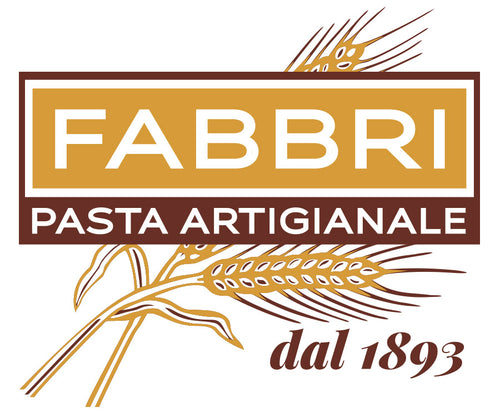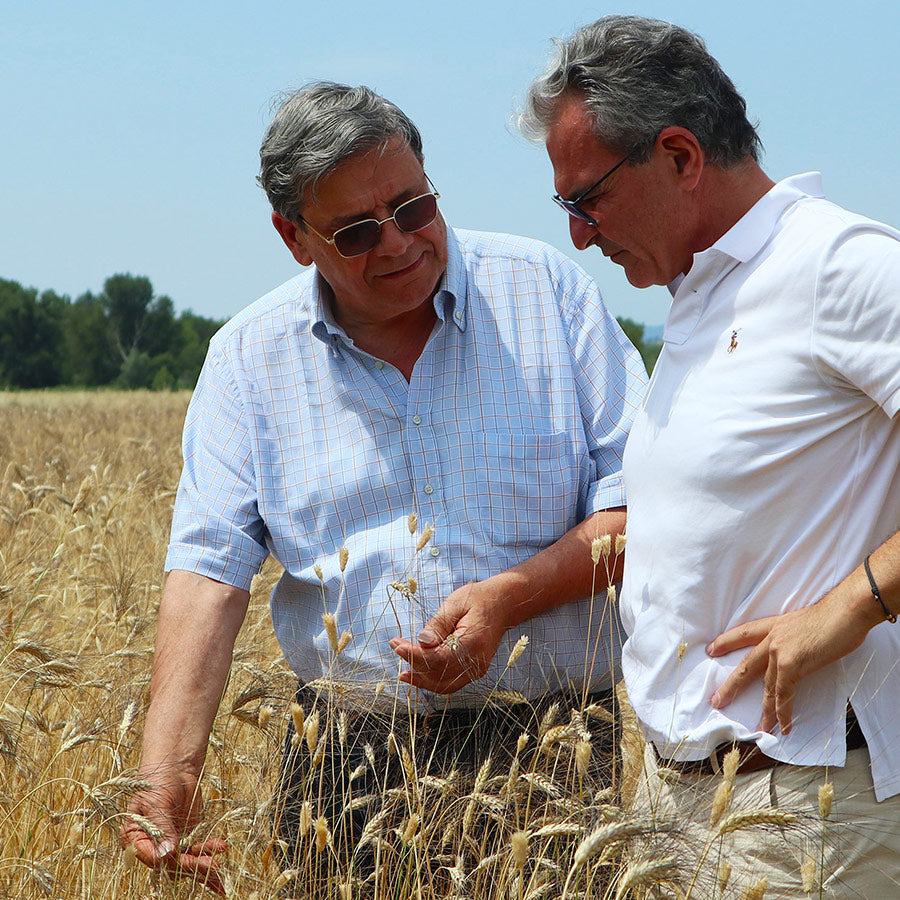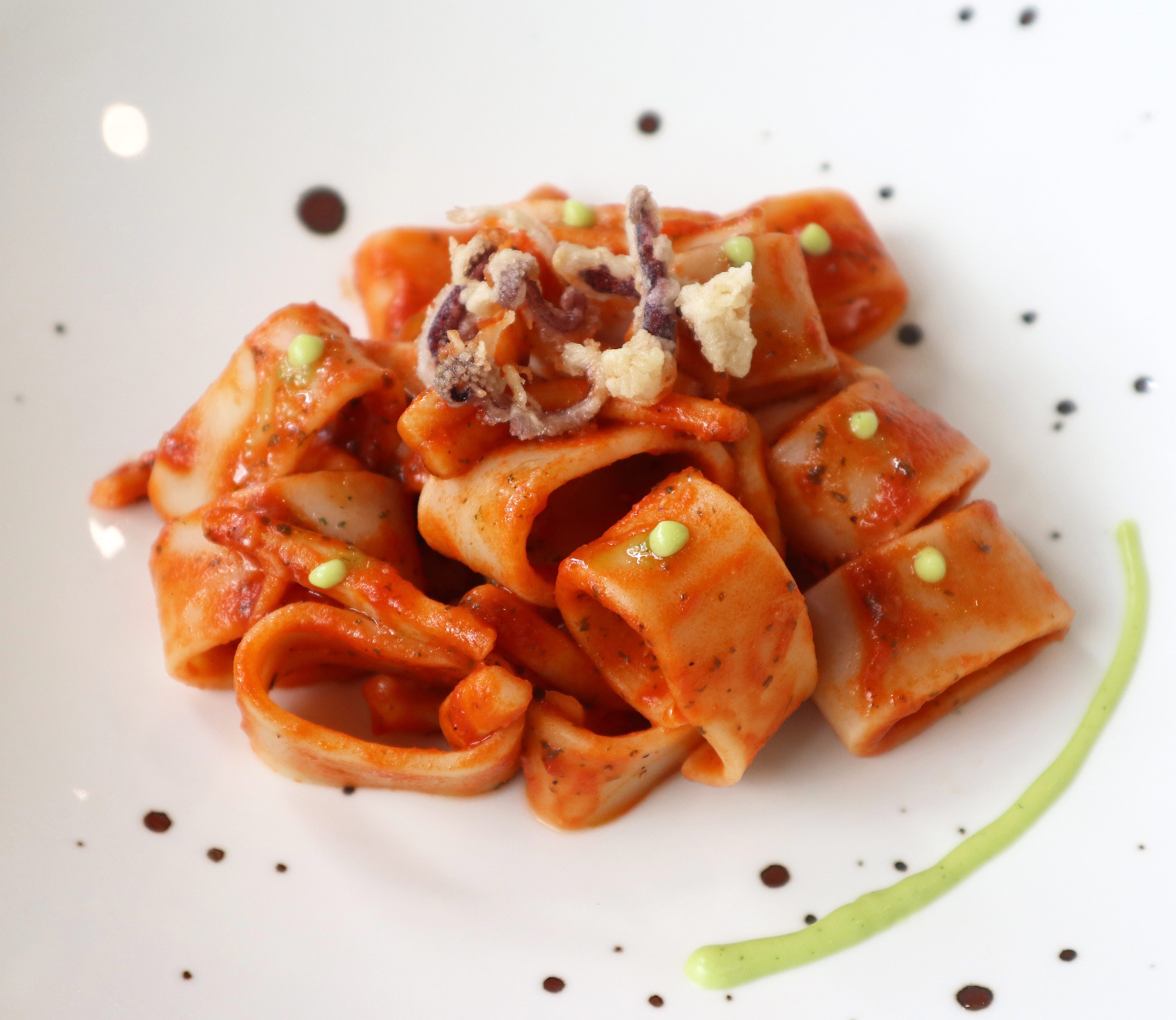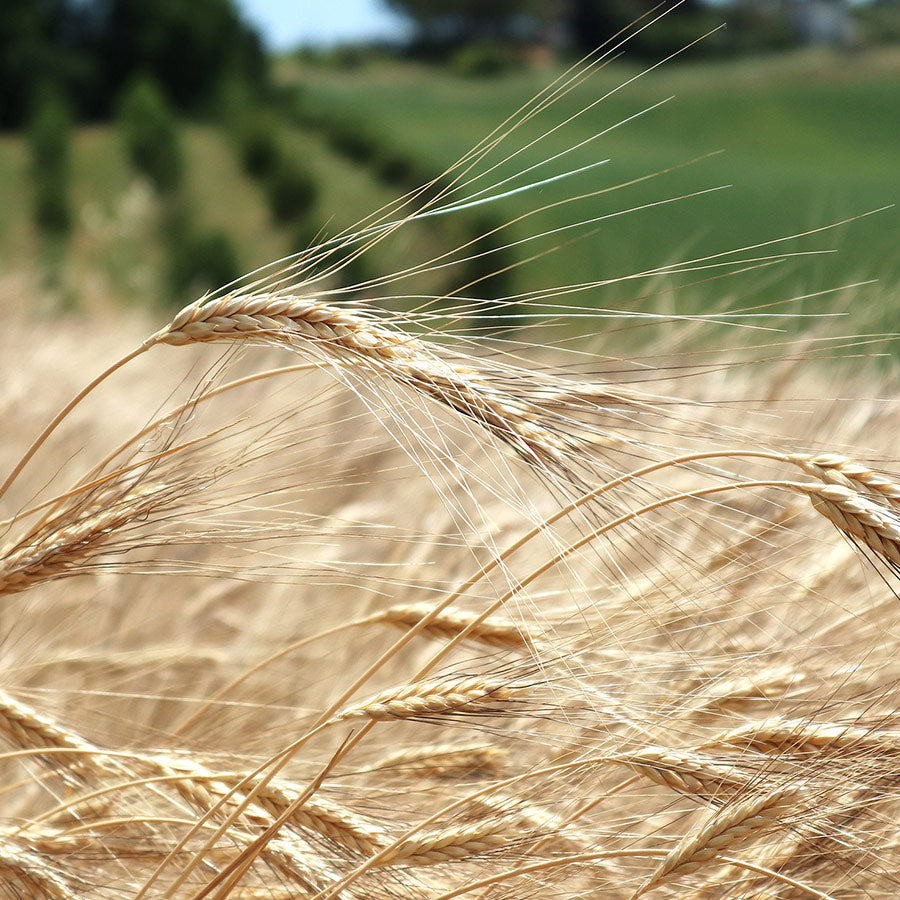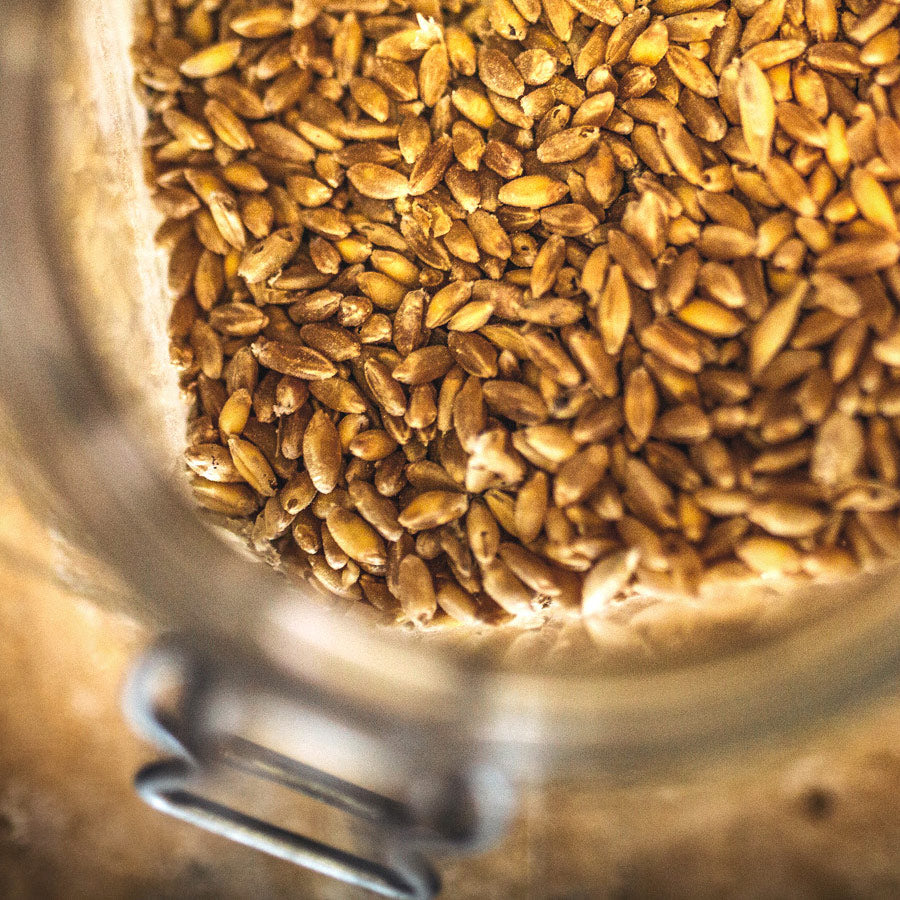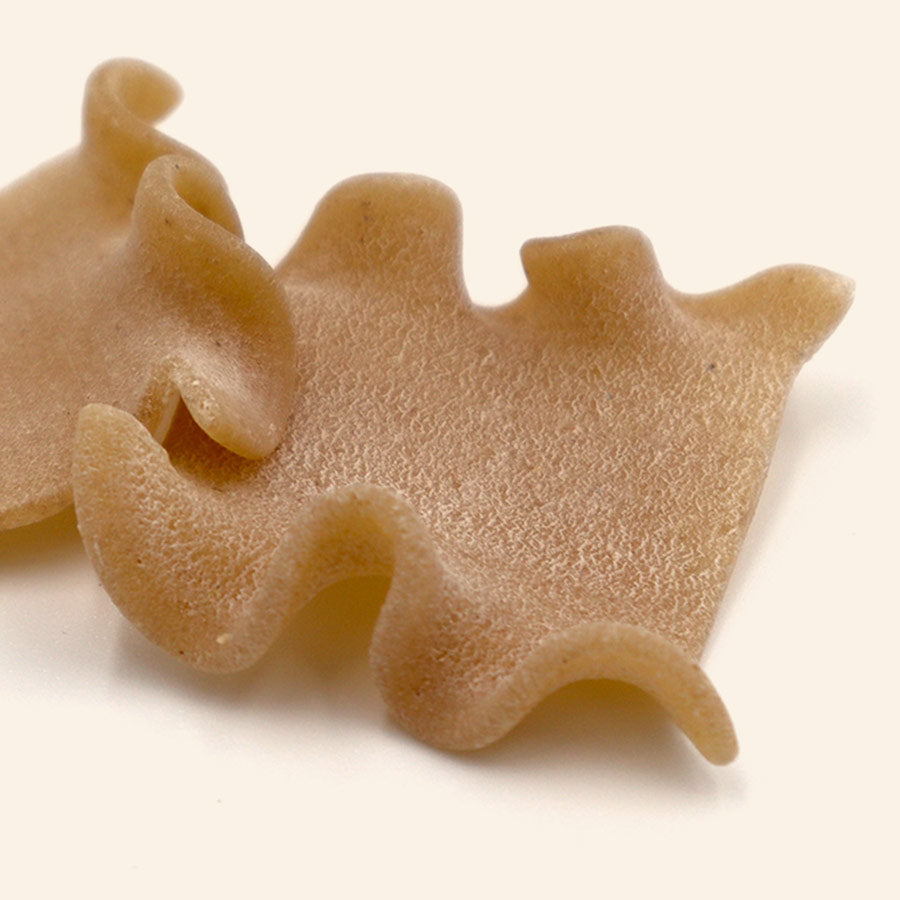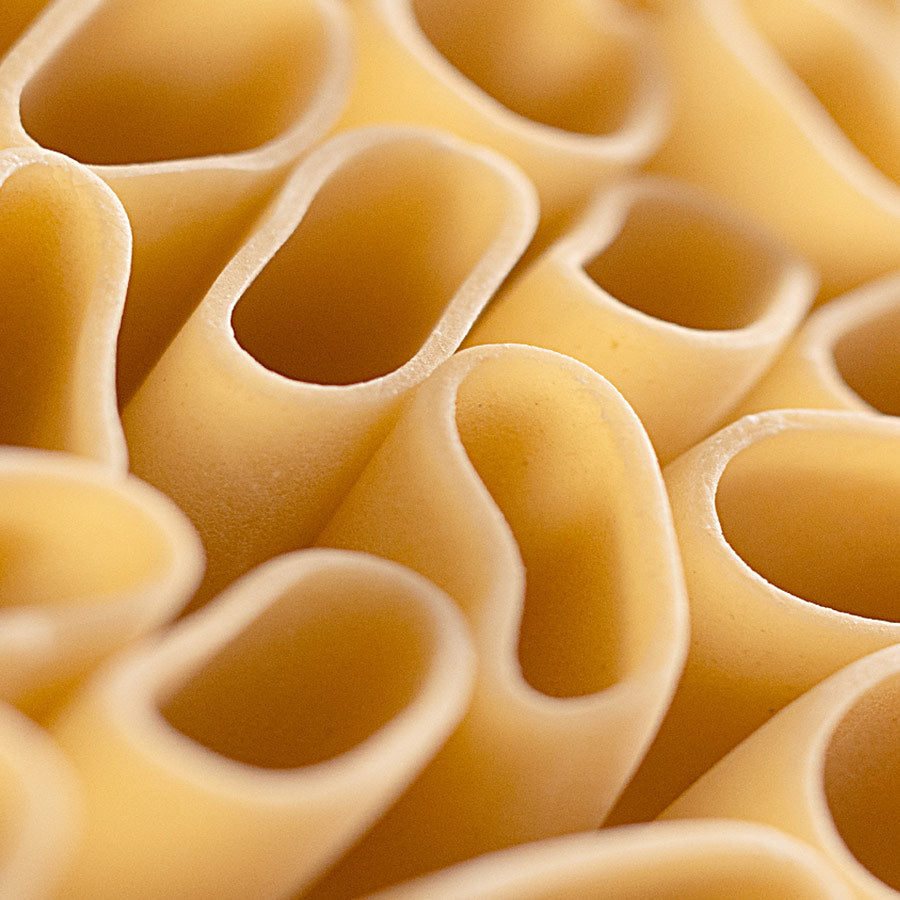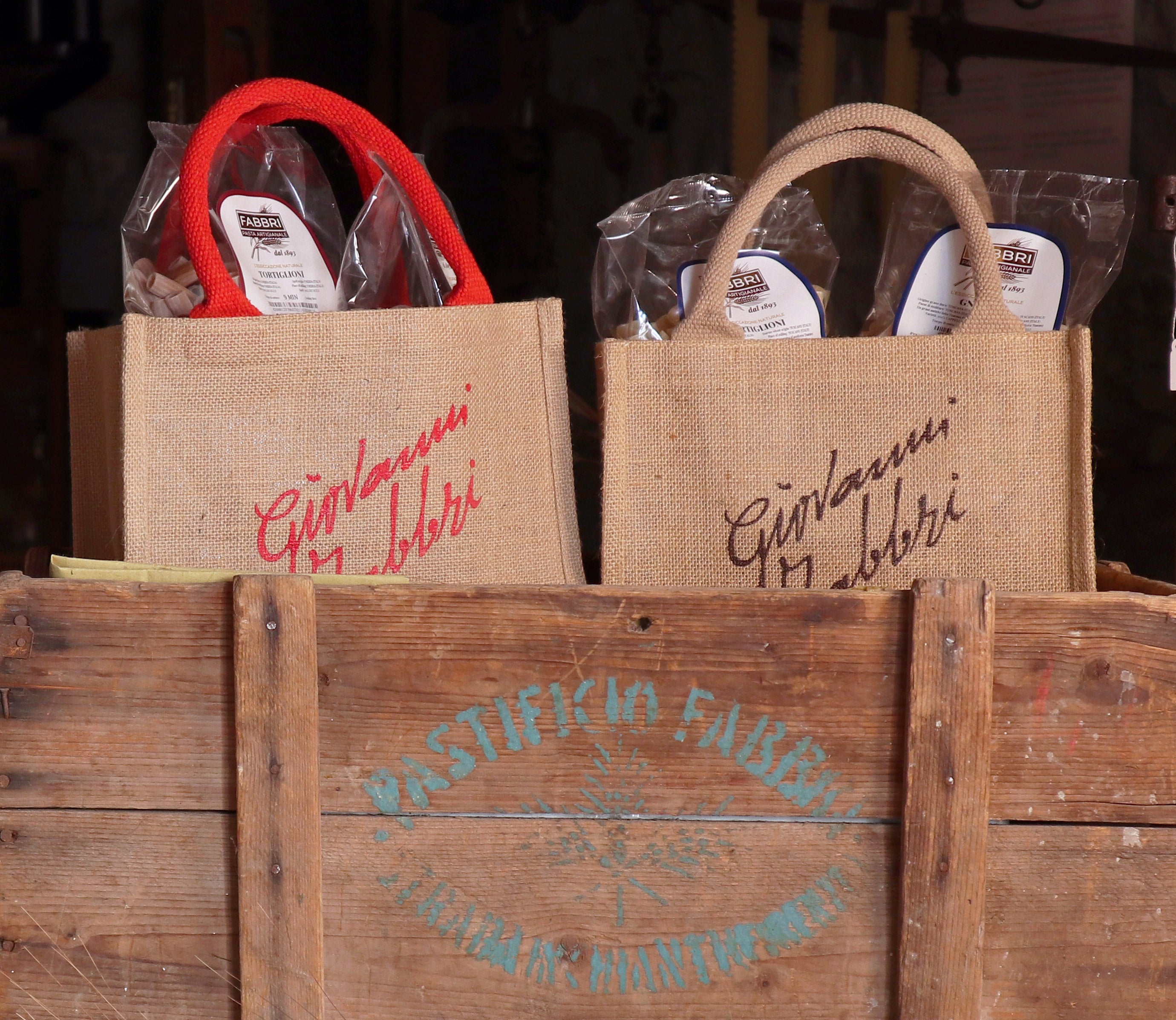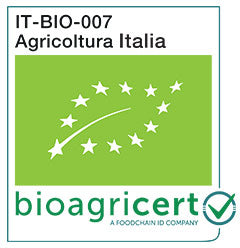3 curiosities about Penne Rigate
Among the most iconic shapes of Italian pasta, Penne Rigate stand out. Versatile, flavourful, and perfect with any kind of sauce — from everyday recipes to more elaborate ones.
But do you really know their history and how they are made by hand?
Let’s discover together 3 curiosities that make this format so special.
1. A shape born from a brilliant idea
The name “penne” is no coincidence: it comes from their resemblance to fountain pens, cut diagonally. This format was officially invented in 1865 by pasta maker Giovanni Battista Capurro in San Martino d’Albaro (Genoa), who patented a machine capable of cutting pasta on the bias without crushing the ends. A fundamental innovation in the history of pasta.
There are many variants of this format. “Pennoni” are the larger version, while “Pennette” or “Mezze penne” are smaller and more versatile. Completing the family are the “Penne lisce” (smooth penne), less common but equally historic: with their uniform surface, they offer a velvety texture and a different mouthfeel.
However, with the evolution of production methods — often faster and at high temperatures — smooth penne did not hold sauces well, losing some of their effectiveness in the kitchen. This led to the intuition behind “penne rigate”: not just an aesthetic detail, but above all a functional one. The ridges along the surface improve the pasta’s ability to hold sauce, especially thick, creamy, or tomato-based ones, making this format one of the most beloved on Italian tables.
2. How are artisanal penne rigate made?
Artisanal penne rigate, according to the Fabbri method, start from a simple yet carefully prepared dough: durum wheat semolina and water, slowly mixed at a controlled temperature below 38 °C to preserve the grain’s nutritional qualities.
After mixing, the dough is bronze-drawn, giving the pasta its typical rough and porous surface, perfect for holding sauce. This is followed by a pre-drying stage to stabilize the shape.

True drying then takes place in static chambers at low temperatures, always below 38 °C, for a period of 3 to 4 days. A long and patient process that ensures:
-
Greater digestibility
-
Excellent resistance when cooked
-
A rich and authentic flavor that reflects the raw material
Finally, the pasta is packaged and labeled by hand, following a tradition that combines artisanal care with passion for quality products.
3. Cooking times: how long should penne rigate cook?
If you’ve already tried our artisanal penne rigate, you’ll have noticed: the pasta sheet is very thick. This means longer cooking times (16–18 minutes, one extra minute for whole wheat penne), but also concrete advantages:
-
They don’t fall apart in the pot, even if stirred frequently
-
They have a different chewiness and remain al dente even after a few extra minutes in the water
-
And most usefully, they “bounce back”: you can cook them in advance, let them cool, and regenerate them later with the cooking water. Perfect if you have guests or work in food service.
The label always shows an indicative cooking range. This is because the time can vary slightly depending on the type of wheat used. The strength of the gluten, which changes with the wheat variety, directly affects cooking resistance: depending on the wheat, the time may lengthen or shorten by a few minutes.
In conclusion: why choose artisanal penne rigate?
Penne rigate are not just an iconic format of Italian pasta, but the result of an evolution marked by ingenuity and respect for raw materials. When crafted at low temperatures, their thicker body is not a flaw but a distinctive quality. During cooking, they stay compact, al dente, even if left a few extra minutes in the water. On the palate, they offer a full, satisfying chew. The flavor is that of wheat — real, recognizable. Nothing more is needed: even a simple sauce is enough to bring out all the qualities of a well-made pasta.
